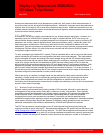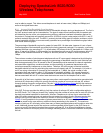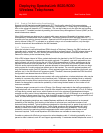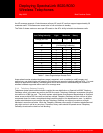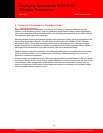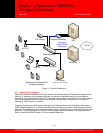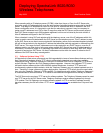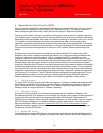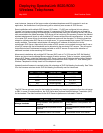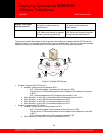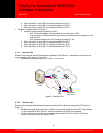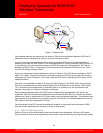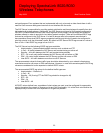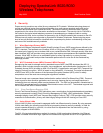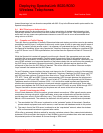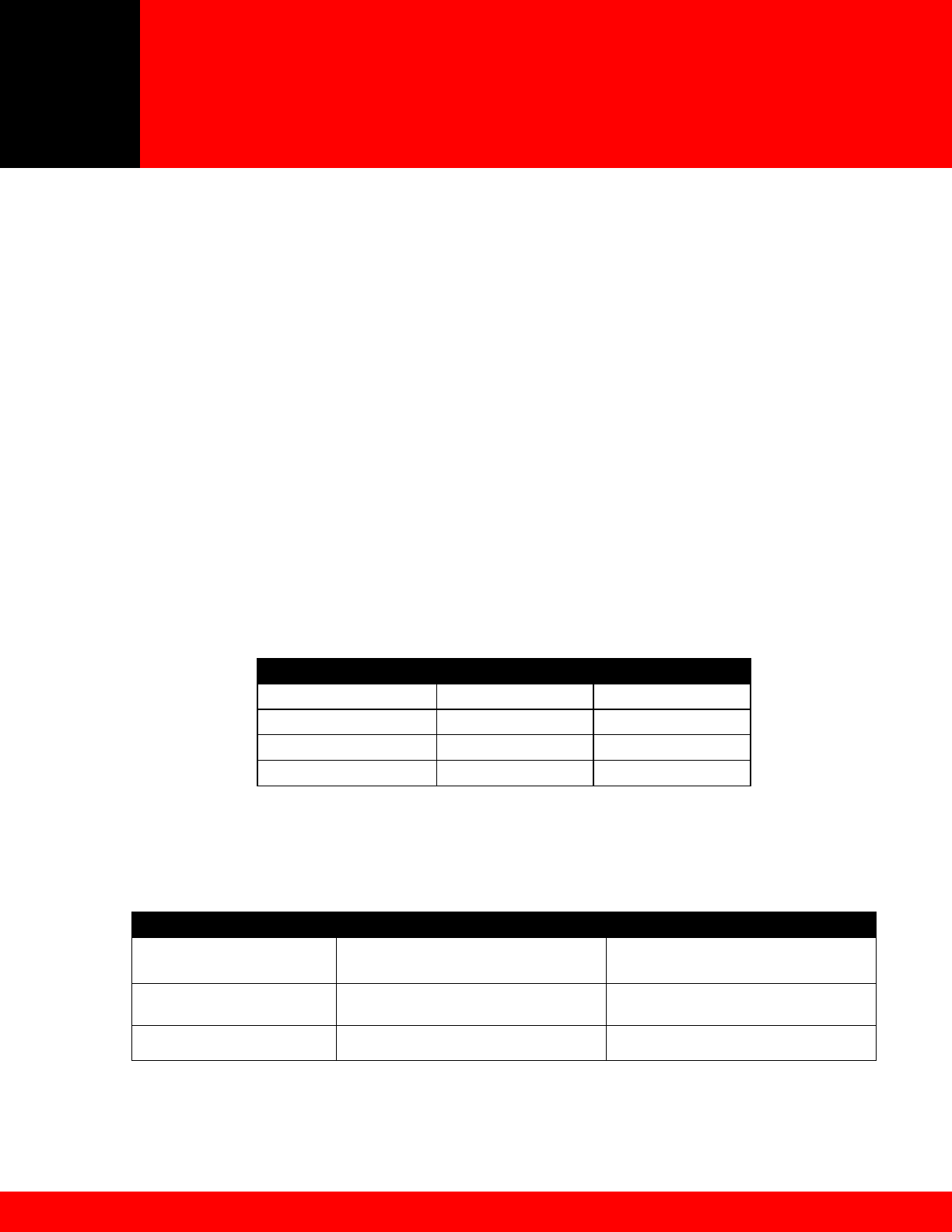
Deploying SpectraLink 8020/8030
Wireless Telephones
May 2009 Best Practices Guide
most instances, because of the large number of wireless telephones and APs expected in such an
application, the distribution of call processing will be relatively even across all SVP Servers.
Some installations with multiple SVP Servers (SVP code < 17x.033) are configured to have primary
(“master”) and one or more secondary servers. If a secondary SVP Server fails and can no longer be
detected, the packet handling will automatically be redistributed among the remaining servers. All active
calls associated to the failed secondary SVP server will be lost during this process, however the affected
wireless telephones will check-in with available SVP servers without manual reconfiguration. In the case
of a master SVP server failure, the wireless telephone system will be disrupted. To minimize downtime
related to a failed master SVP Server or a single server, it is recommended that a spare SVP Server be
readily available. The network administrator can assign the IP address of the failed unit to the
replacement SVP Server. Alternatively the number of SVP servers can be scaled to ensure that if one or
more SVP servers fail that all handsets can be allocated to the remaining SVP servers. This will require
that sufficient alias IP addresses be made available on all SVP servers to support the allocation of
additional handsets to the remaining SVP Servers.
More recent installations with multiple SVP Servers (SVP code ≥ 17x.033) use the “SVP Self Healing”
feature and do not use the Master/Slave concepts of earlier versions. There is, however, a designated
primary SVP Server, called the Registration SVP Server, that has its IP Address defined either statically
in the Wireless Telephone network configuration or acquired from DHCP option 151, thus allowing the
Wireless Telephone to initially check-in to the telephone system.
Updated handset firmware is required to take full advantage of SVP Self-Healing functionality. See Table
3 for the firmware revisions where SVP Self-Healing functionality was first introduced.
SVP ≥ 17x.033 with Handset model Handset code
Avaya 3616/3620/3626 ≥ 96.051
NEC MH110/120/140 ≥102.022
Nortel 2210/2211/2212 ≥ 97.071
SIP e340/h340/i640 ≥ 108.011
Table 3 – Handset Code Versions That Support SVP Self-Healing
The SVP Server acts as a proxy for the handset by sending and receiving packets to/from the call server
or PBX. In some IP implementations, the SVP Server also performs Network Address Translation (NAT)
for the handset. The main functions for the SVP Server to perform are indicated in Table 4.
Function SVP Server 1 (Registration) SVP Server 2
Manage handsets
Proxy between voice platform and
handset
Proxy between voice platform and
handset
Send/receives all packets to/from
handset
Send/receives all packets to/from
handset
Considered ‘home’ SVP Server Considered ‘home’ SVP Server
19
©2009 Polycom, Inc. All rights reserved.
Polycom and the Polycom logo are registered trademarks of Polycom, Inc. All other trademarks are the property of Polycom, Inc. or their respective companies.



